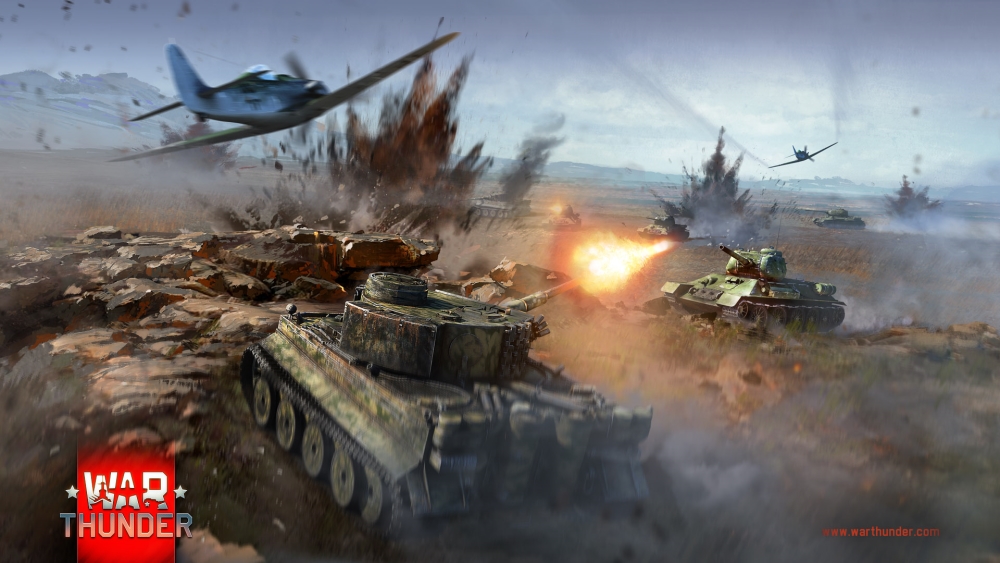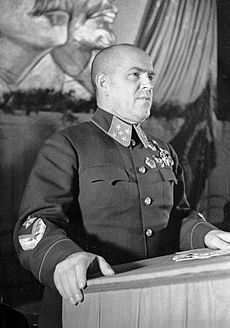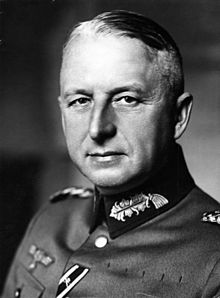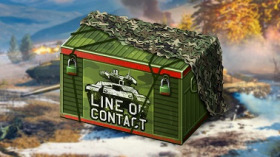
- For PC
- For MAC
- For Linux
- OS: Windows 10 (64 bit)
- Processor: Dual-Core 2.2 GHz
- Memory: 4GB
- Video Card: DirectX 11 level video card: AMD Radeon 77XX / NVIDIA GeForce GTX 660. The minimum supported resolution for the game is 720p.
- Network: Broadband Internet connection
- Hard Drive: 23.1 GB (Minimal client)
- OS: Windows 10/11 (64 bit)
- Processor: Intel Core i5 or Ryzen 5 3600 and better
- Memory: 16 GB and more
- Video Card: DirectX 11 level video card or higher and drivers: Nvidia GeForce 1060 and higher, Radeon RX 570 and higher
- Network: Broadband Internet connection
- Hard Drive: 75.9 GB (Full client)
- OS: Mac OS Big Sur 11.0 or newer
- Processor: Core i5, minimum 2.2GHz (Intel Xeon is not supported)
- Memory: 6 GB
- Video Card: Intel Iris Pro 5200 (Mac), or analog from AMD/Nvidia for Mac. Minimum supported resolution for the game is 720p with Metal support.
- Network: Broadband Internet connection
- Hard Drive: 22.1 GB (Minimal client)
- OS: Mac OS Big Sur 11.0 or newer
- Processor: Core i7 (Intel Xeon is not supported)
- Memory: 8 GB
- Video Card: Radeon Vega II or higher with Metal support.
- Network: Broadband Internet connection
- Hard Drive: 62.2 GB (Full client)
- OS: Most modern 64bit Linux distributions
- Processor: Dual-Core 2.4 GHz
- Memory: 4 GB
- Video Card: NVIDIA 660 with latest proprietary drivers (not older than 6 months) / similar AMD with latest proprietary drivers (not older than 6 months; the minimum supported resolution for the game is 720p) with Vulkan support.
- Network: Broadband Internet connection
- Hard Drive: 22.1 GB (Minimal client)
- OS: Ubuntu 20.04 64bit
- Processor: Intel Core i7
- Memory: 16 GB
- Video Card: NVIDIA 1060 with latest proprietary drivers (not older than 6 months) / similar AMD (Radeon RX 570) with latest proprietary drivers (not older than 6 months) with Vulkan support.
- Network: Broadband Internet connection
- Hard Drive: 62.2 GB (Full client)
Tank event "Battle of Kursk" is available until 12:00 GMT July 7
The Battle of Kursk was one of the largest armoured battles and possibly the single largest air battle in history; it also led to the largest losses in a single day of battle. After a very long stalemate, both the Soviets and Germans awaited major confrontations that would define the momentum for either side. This decisive battle would occur near the Kursk, a town on the Moscow-Rostov railway in Southern Russia. The Germans named the battle “Operation Citadel”; the Soviets used two names: "Operation Kutuzov" for the defense and "Operation Polkovodets Rumjantsev" for the offense.
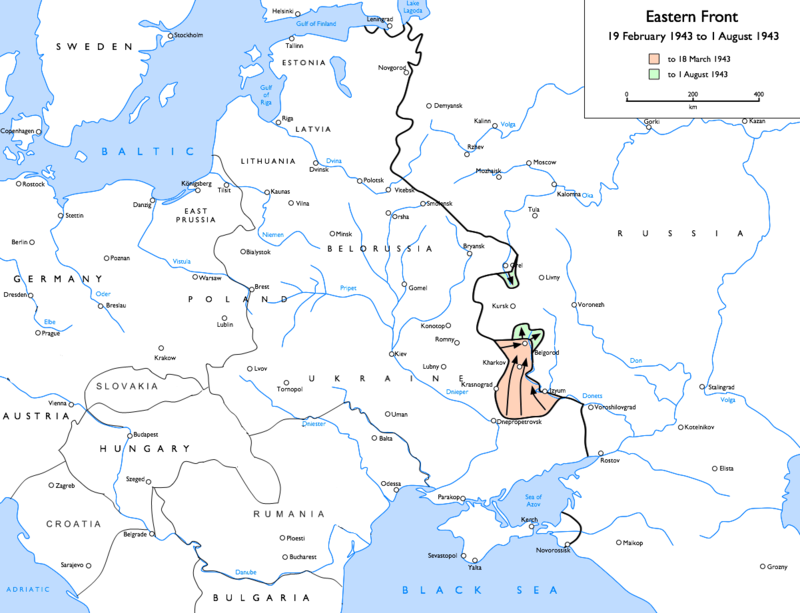
Several months earlier General Erich von Manstein captured Kharkov, a city south of Kursk, then formed a long perimeter along the Eastern side of the city. Included in this perimeter were some of Germany’s most modern additions to their forces: the Ferdinand Self-Propelled Gun and the Panther tank which was designed specifically to counter the Soviet T-34 tank. The offensive to eliminate the Soviet forces were devised by General Kurt Zeitzler, at the personal insistence of Adolf Hitler even though Heinz Guderian opposed risking so much for what he believed to be a small gain.
|
Marshal Zhukov |
|
Erich von Manstein |
The Germans were preparing to attack with over 800,000 men (including three Waffen SS divisions), 2,700 tanks, and 1,800 aircraft.
The battle began on the 4 July 1943 when Ju87 Stukas led the attack by strafing the tops of the lightly armoured Soviet tanks, followed by an artillery barrage just ahead of infantry and armour. The 2nd SS Panzer Corps, 3rd Panzer Corps, and the 11th Panzer Division stormed Soviet positions, making advances through the rest of the day, but the Soviets resisted fiercely and slowed the German advances. As casualties mounted for both sides Hitler made a surprising announcement to withdraw part of the German forces to reinforce Italy, a response to the successful western Allies' landing in Sicily. After the German strength weakened following the withdrawal, Soviet forces continued on to liberate Oryol, Belgorod, and Kharkov after the Battle of Kursk. Although the Soviet forces suffered heavier casualties at Kursk than their German adversaries, the engagement was a success for the Soviets in that they stopped a major German offensive.

Although the battle was not a clear-cut victory for the Soviets, the Germans suffered a clear defeat. Their plans for 1943 were now in serious disarray and a new front had opened in Italy. Both sides had taken severe losses, but only the Soviets had the manpower and the industrial production to recover fully. The Germans never regained the initiative after Kursk.
